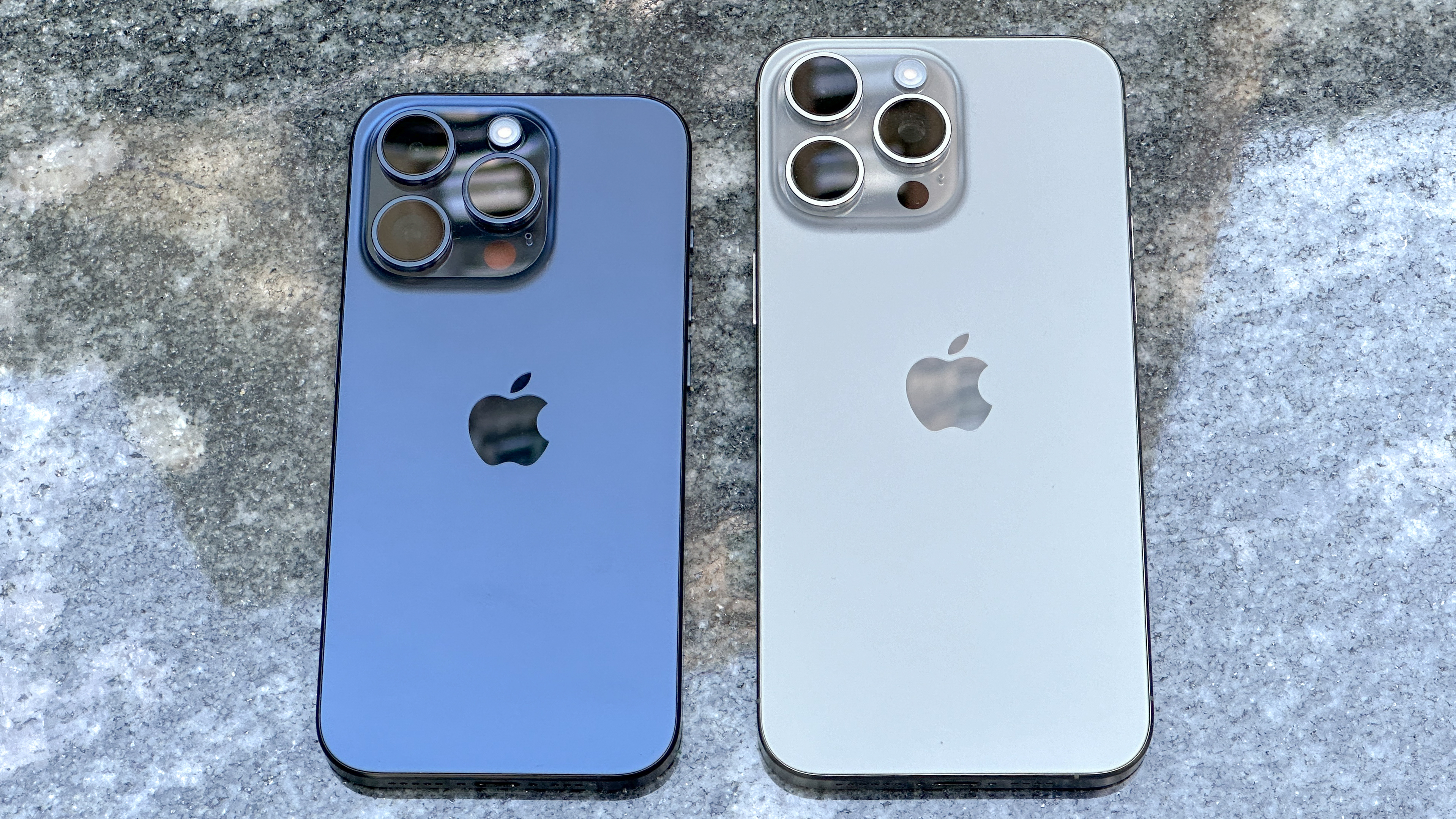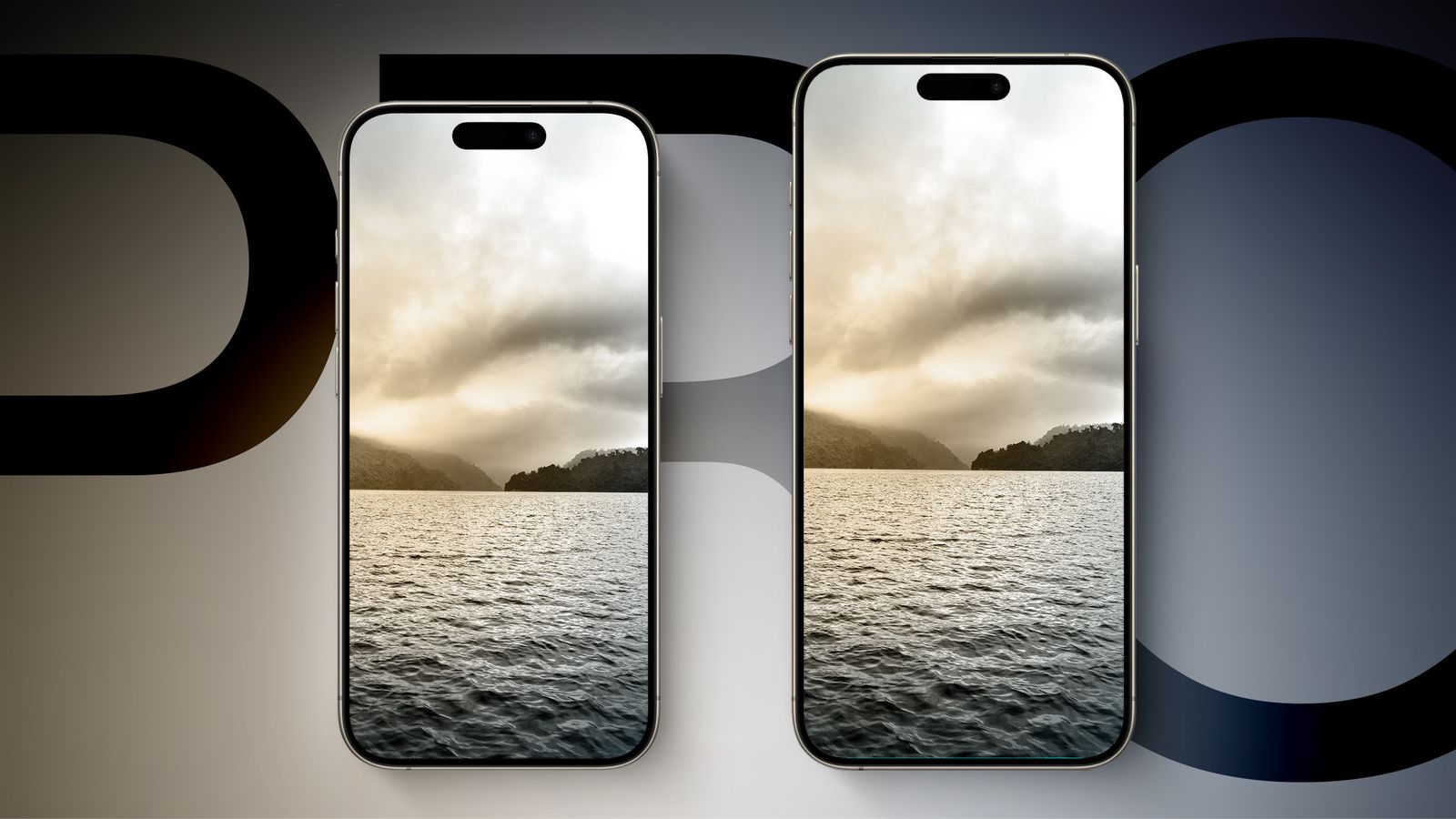I plan on skipping the iPhone 16 Pro Max for iPhone 16 Pro — here’s why
The iPhone 16 Pro's upgrades look better than ever

For years the iPhone Pro Max has outshined the regular iPhone Pro model on our best phones list. You get a bigger screen and a larger battery, which means a more immersive viewing experience and longer battery life. And this past year the iPhone 15 Pro Max left the iPhone 15 Pro in the dust by offering an exclusive 5x tetraprism zoom lens, compared to just 3x for the regular Pro.
The good news is that the iPhone 16 Pro should level the playing field this year in more ways than one. Here's why I might skip the iPhone 16 Pro Max for the regular iPhone 16 Pro.
A more powerful zoom for the regular Pro

For starters, the iPhone 16 Pro is tipped to feature the same powerful zoom as the Pro Max model. So you’ll be able to zero in on subjects from far away and likely enjoy the same 25x digital zoom. The iPhone 15 Pro maxed out at just 15x, which pales in comparison to the best Android phones.
A big enough display

The other big upgrade for the iPhone 16 Pro this year is its rumored larger display. The iPhone 16 Pro is tipped to feature a 6.3-inch screen, up from 6.1 inches. The iPhone 16 Pro Max is supposed to get bigger too, growing from 6.7 inches to 6.9 inches. But I think that could be overkill for me, even if the rumors of thinner bezels pan out.
As someone who needs to wear reading glasses anyway (sigh), I think a 6.3-inch OLED panel will be more than sufficient. And I like the idea of having a phone that will take up even less room in my pocket, though Apple did make a lighter and more compact titanium phone with the iPhone 15 Pro Max last year.
Same power, same new design, same AI features?

Otherwise, the iPhone 16 Pro is expected to get all the same features as the iPhone 16 Pro Max. This includes a new A18 Pro chip with enhanced performance, a new Capture button for photos and video and a boat-load of generative AI features coming with iOS 18.
Based on the leaked A18 Pro benchmarks, it doesn't look like the new chip is going to provide a huge boost in terms of performance, but I can guarantee you that Apple will be playing up its Neural Engine inside the chip used for machine learning tasks.
Bigger battery
So what about the battery life? That’s my only real worry. The iPhone 15 Pro Max lasted an epic 14 hours in the Tom’s Guide battery test, which involves continuous web surfing over 5G at 150 nits of screen brightness. This was good enough to make our list of the best phone battery life. Meanwhile, the iPhone 15 Pro mustered just 10:53 on this test.
The good news is that the iPhone 16 Pro’s increased size may also bring with it a bigger battery, as this flagship is tipped to have 3,355 mAh of capacity, compared to 3,274 man for the iPhone 15 Pro. Assuming the A18 Pro chip is also more efficient, we could easily see an iPhone 16 Pro last over 12 hours in our testing.
Outlook

Overall, I’m optimistic that the iPhone 16 Pro will be good enough to be my next flagship — kind of like an iPhone 16 Pro Max mini. And if Apple keeps the pricing difference the same you could get practically everything the Max has for $200 less.
For more check out our iPhone 16 Pro and iPhone 16 Pro Max hubs, and get ready for Apple's next big event in June with our guide to WWDC 2024.
More from Tom's Guide
Sign up to get the BEST of Tom's Guide direct to your inbox.
Get instant access to breaking news, the hottest reviews, great deals and helpful tips.
Mark Spoonauer is the global editor in chief of Tom's Guide and has covered technology for over 20 years. In addition to overseeing the direction of Tom's Guide, Mark specializes in covering all things mobile, having reviewed dozens of smartphones and other gadgets. He has spoken at key industry events and appears regularly on TV to discuss the latest trends, including Cheddar, Fox Business and other outlets. Mark was previously editor in chief of Laptop Mag, and his work has appeared in Wired, Popular Science and Inc. Follow him on Twitter at @mspoonauer.

